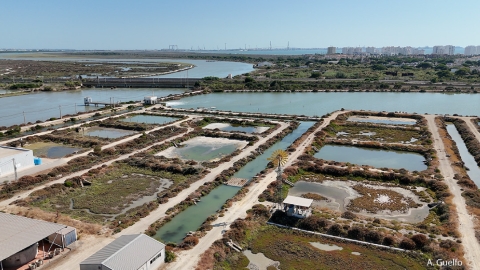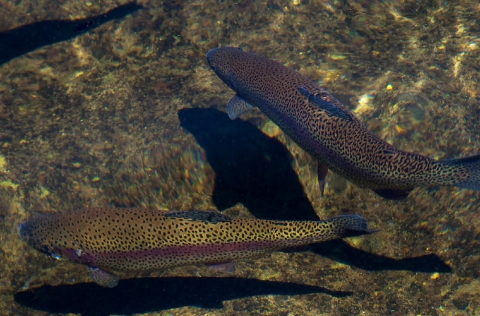
Seafood fraud is one of the main concerns within the sector, as identified by the European Parliament, which ranks it as the second category of food most at risk of substitution or mislabeling. The globalization of supply chains, along with the complexity of distribution and processing systems, facilitates the emergence of irregularities that are difficult to detect through conventional methods.
With the aim of offering a practical, cost-effective and field-applicable solution, a multidisciplinary team at the University of Oviedo is testing new genetic techniques that can quickly and visually detect fraud in the commercialization of high-value marine invertebrates such as lobsters, razor clams, octopus and queen scallops.
The project, known as EyeFishTrack, seeks to strengthen the traceability and authenticity of seafood products throughout the entire supply chain – from fish markets and auctions to restaurants.
The EyeFishTrack team has trialled a methodology based on Loop-Mediated Isothermal Amplification (LAMP), which can reveal the genetic identity of the analysed species through a simple color change. In initial tests, carried out with the collaboration of the restaurant El Cortijo in Salinas (Castrillón, Spain), researchers were able to immediately distinguish the European lobster (Homarus gammarus) from the American lobster (Homarus americanus): the former produced a blue color change in the test tube following DNA extraction, whereas no colour variation occurred with the latter.
The project is led by the Genetics Area of the Department of Functional Biology, with the participation of the Analytical Chemistry Area of the Department of Physical and Analytical Chemistry, and the Didactics of Experimental Sciences Area of the Department of Educational Sciences. Its aims is to develop visual detection methods that can be integrated into routine control protocols, even for cooked, boiled or processed products, where the original morphological features are no longer identifiable.
According to Professor Yaisel Borrell Pich, principal investigator of the project, and doctoral researcher María Celenza, “genetics allows us to identify species with complete reliability, even when no trace of their original appearance remains. This opens the door to rapid verification tools that do not require specialised personnel.”
The team highlights that species substitution has consequences not only of an economic nature, but also for the conservation of marine resources, food safety, and consumer trust.
The EyeFishTrack project represents a decisive step in the application of biotechnology to quality control and transparency in the seafood sector, aligning with European objectives to combat food fraud and protect marine biodiversity.



